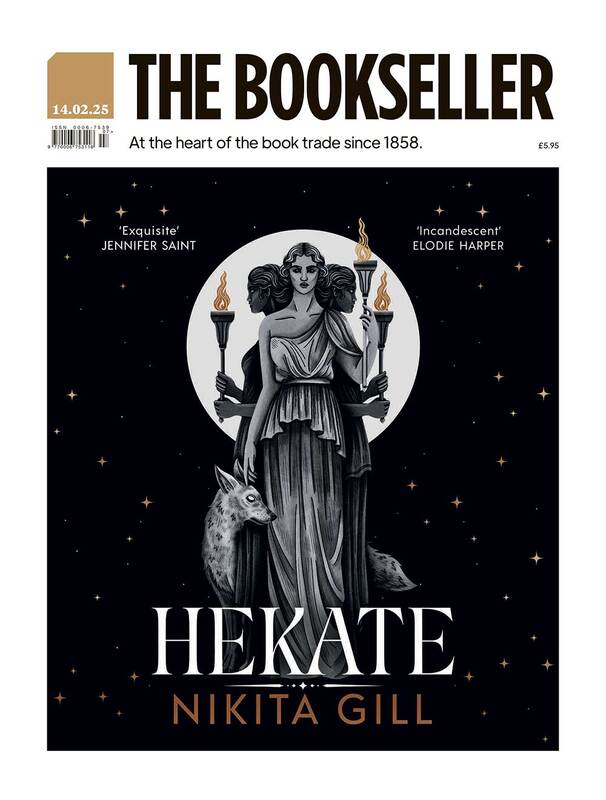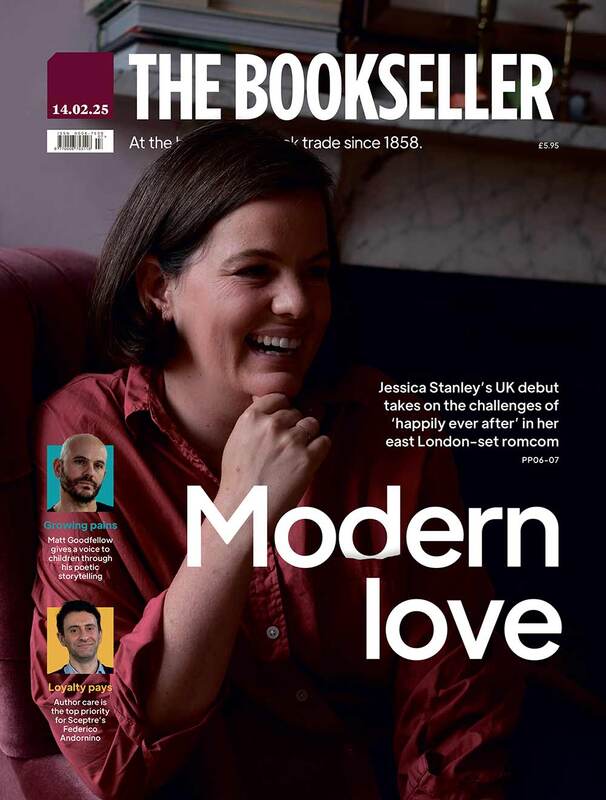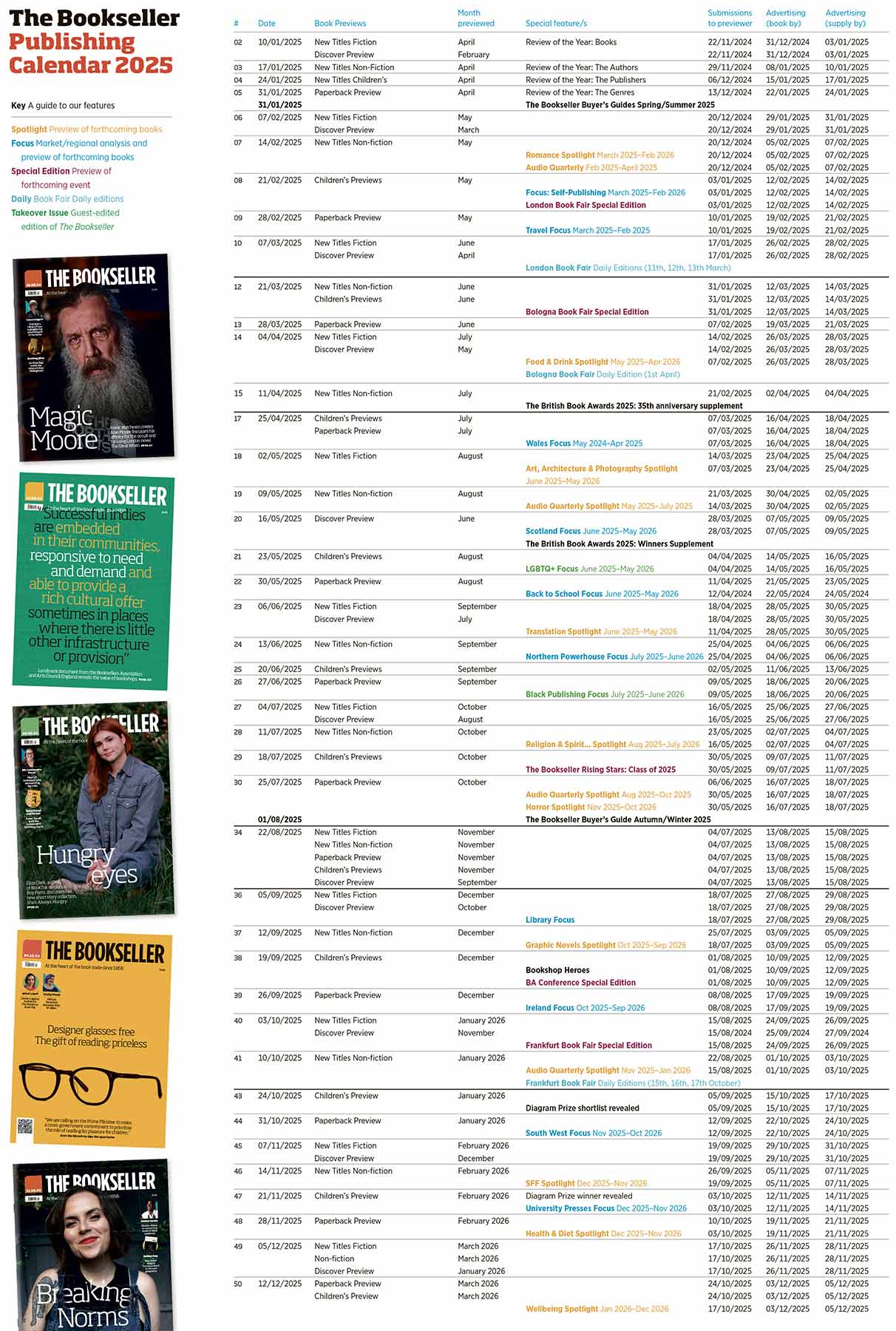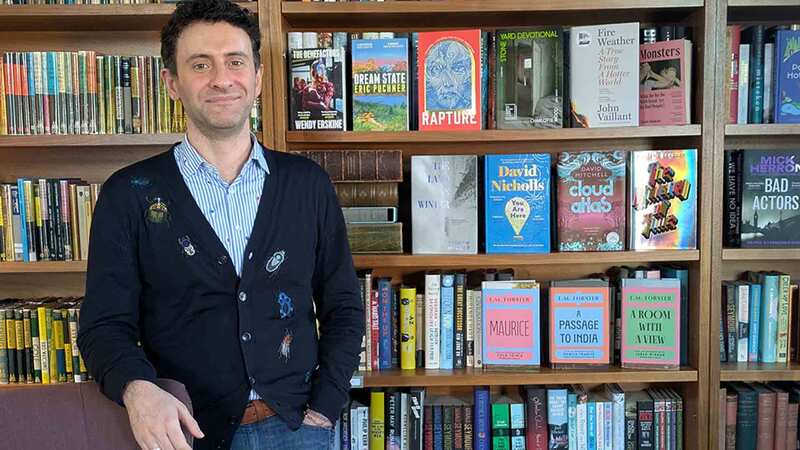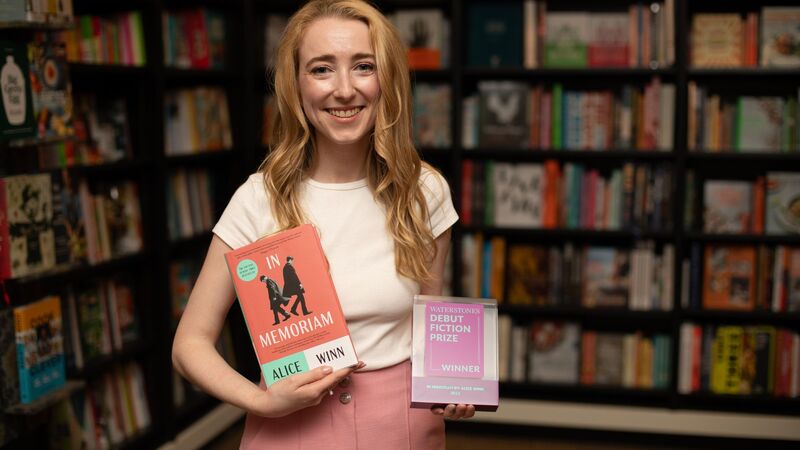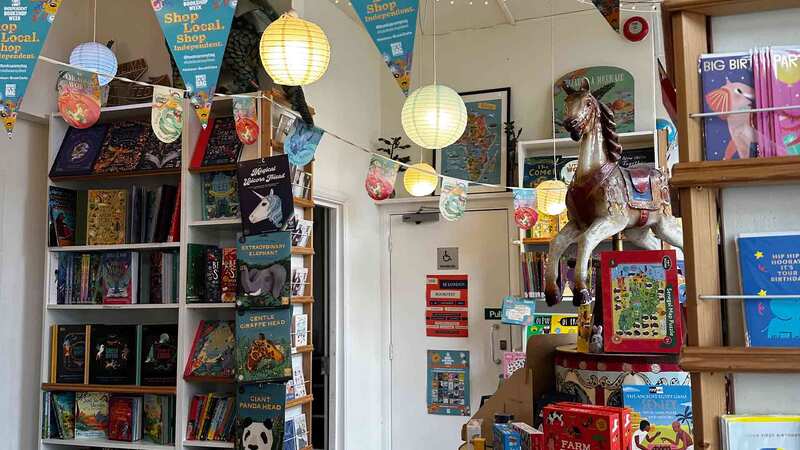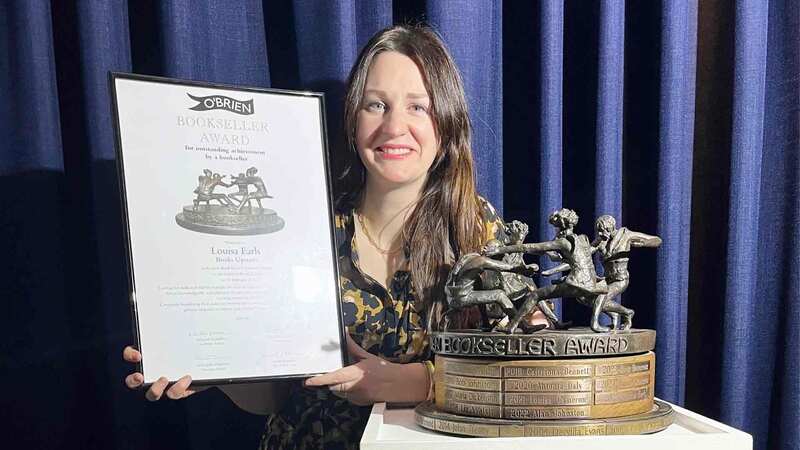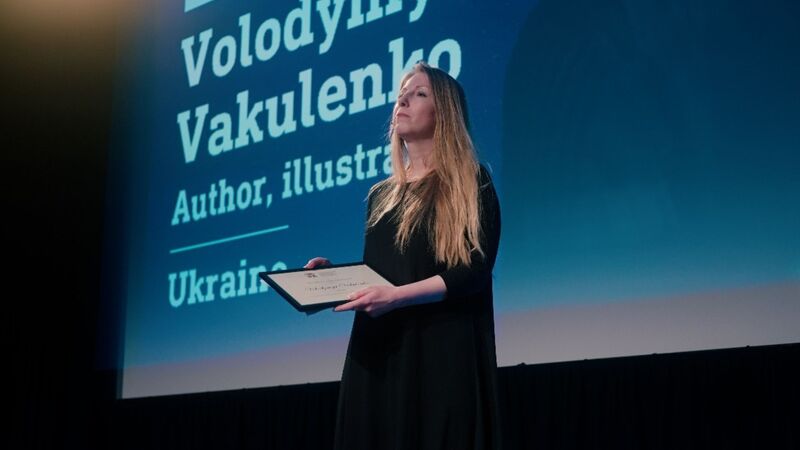You are viewing your 1 free article this month. Login to read more articles.
A new world for Stanfords
Managing director Tony Maher (pictured) reveals how the 160-year-old travel books specialist is mapping out its future.
“Mass advertising can help build brands, but authenticity is what makes them last,” said Howard Schultz, author of Pour Your Heart Into It: How Starbucks Built a Company One Cup at a Time (Hyperion). Authenticity borne of a long history is certainly not something Stanfords—London’s iconic 162-year-old travel books business—is lacking.
Managing director Tony Maher (pictured) reveals how the 160-year-old travel books specialist is mapping out its future.
“Mass advertising can help build brands, but authenticity is what makes them last,” said Howard Schultz, author of Pour Your Heart Into It: How Starbucks Built a Company One Cup at a Time (Hyperion). Authenticity borne of a long history is certainly not something Stanfords—London’s iconic 162-year-old travel books business—is lacking.
The retailer, founded in 1853 by Edward Stanford, is delving into the past in order to harness its heritage brand to grow in the future. For several years the retailer has been afflicted by declining sales, which coincided with book buyers increasingly turning to digital content and away from the high street, with travel apps and digital mapping a particular challenge to Stanfords.

In June 2013 Tony Maher (son of Pentos boss Terry Maher) succeeded Chris Powell as managing director of Stanfords, after a stint acting as a consultant to it, in an urgent bid to “restructure and refocus” the business in its 160th year. At the time, Maher pledged that “maps and travel guides will remain at the heart of what we do”.
With one shop on Long Acre in the heart of London’s Covent Garden, a head office on the Strand and another shop on Corn Street in Bristol, the company wasn’t low on overheads. Maher’s first task was to set about cutting its cost base, renegotiating with suppliers and restructuring staff, bringing in fresh blood and a new spirit of exploration.
“We shut the head office in March last year,” Maher says. “I was appointed on the Thursday, and on the Friday I took a letter downstairs to our landlords to tell them we would be closing it with a month’s notice. They wanted more space too, so it worked for both of us.”
People power
His next job was to renegotiate with publishers and non-book suppliers. “There was no way we could have carried on as a business,” Maher asserts. “Year one was about stabilising the cost base, then it was about what happened between that and the bottom line. We had an increase in margin through better terms, but also through reducing the discount we gave unsupported to customers.” He adds: “On the online operation we were losing quite a lot of money, so we changed the way we were handling postage and marketing costs.”

Maher has also grown the range of titles Stanfords offers, in keeping with its reputation as a specialist travel bookseller, and increased the children’s range by around 30%. A raft of new appointments has injected new energy into the Stanfords team, too. Recent hires include former Waterstones blog editor Dan Lewis joining as marketing, events and PR manager, and Iain Betterton, who previously worked at the Science Museum Group, heading the buying team.
The new people, Maher believes, will act as the compass for Stanfords’ growth in the future. “If we are going to run the business well, we need the right people,” he says. “Because we have come so far in that first year, it has meant we have been able to go out and get the people we need, and they have to be motivated.” To that end, after years of paying the minimum wage, staff were given a 10% salary increase in 2013, and a further 7% raise in 2014.
As a result of those strategic business decisions, after 18 months the company’s losses have reduced from £418,000 to just under £40,000, with a profit forecasted for this April.
With the restructure under his belt, Maher has turned his attention to growth, with the company’s heritage brand as the central weapon in his arsenal.
Edward Stanford, as a map specialist—a highly lucrative business in the 1850s on the heels of British colonial expansion—created a vault of untapped and intriguing maps which are now stored at the Royal Geographical Society. The company plans to make more of these, and it is working with the RGS to digitise the maps. “We already see an enormous demand from television companies asking to use these maps,” Maher says. “Antique mapping is quite on trend at the moment. There are hundreds of maps in our archive, including an 1890 map of Africa, which was mapped by Stanford. We also have letters from Florence Nightingale to Edward Stanford, [letters] from Philip Larkin, from Captain Scott . . . they all communicated with Stanford. Those letters used to be in a box file against the wall, but now I plan to use them in the shop.”
In a bid to refine and crystallise the Stanfords brand, the signature logo has been redesigned in a contemporary style, and it will feature on new tote bags for customers, on staff uniforms and on the Stanfords Travel Classics book range, which has also been repackaged. Altogether publisher John Beaufoy publishes and distributes eight Stanfords Travel Classics to other retailers, licensing the business’ brand. Maher plans to grow the range next year. “For me, the brand is a massive opportunity,” he says.
“We have a 160-year-old business, we have this great heritage, and really we haven’t told people too much about brand Stanfords.”
New territories
The company is also positioning itself as a lifestyle retailer, introducing travel-related furniture alongside its books. “We have more globes, some hot air balloons, tables and armchairs,” Maher says. “We can’t survive on paper alone going forwards. We need to look at other non-book products to complement what we do, but it has to be relevant.”

Stanfords is also expanding in other ways too. It is holding a Travel Writers Festival at the Destinations Show at Kensington Olympia at the end of the month, featuring writers such as Kate Adie, Simon Armitage and Frank Gardner. It also has a Business Mapping arm based in Manchester, which supplies Ordnance Survey mapping for planning applications, but there are plans to expand the service—after adding 60 extra fields of data—so that it can be used by a variety of businesses.
Stanfords’ target of achieving a profit by April has been given a further boost after sales over the Christmas trading period were reportedly up by 7.4%.

